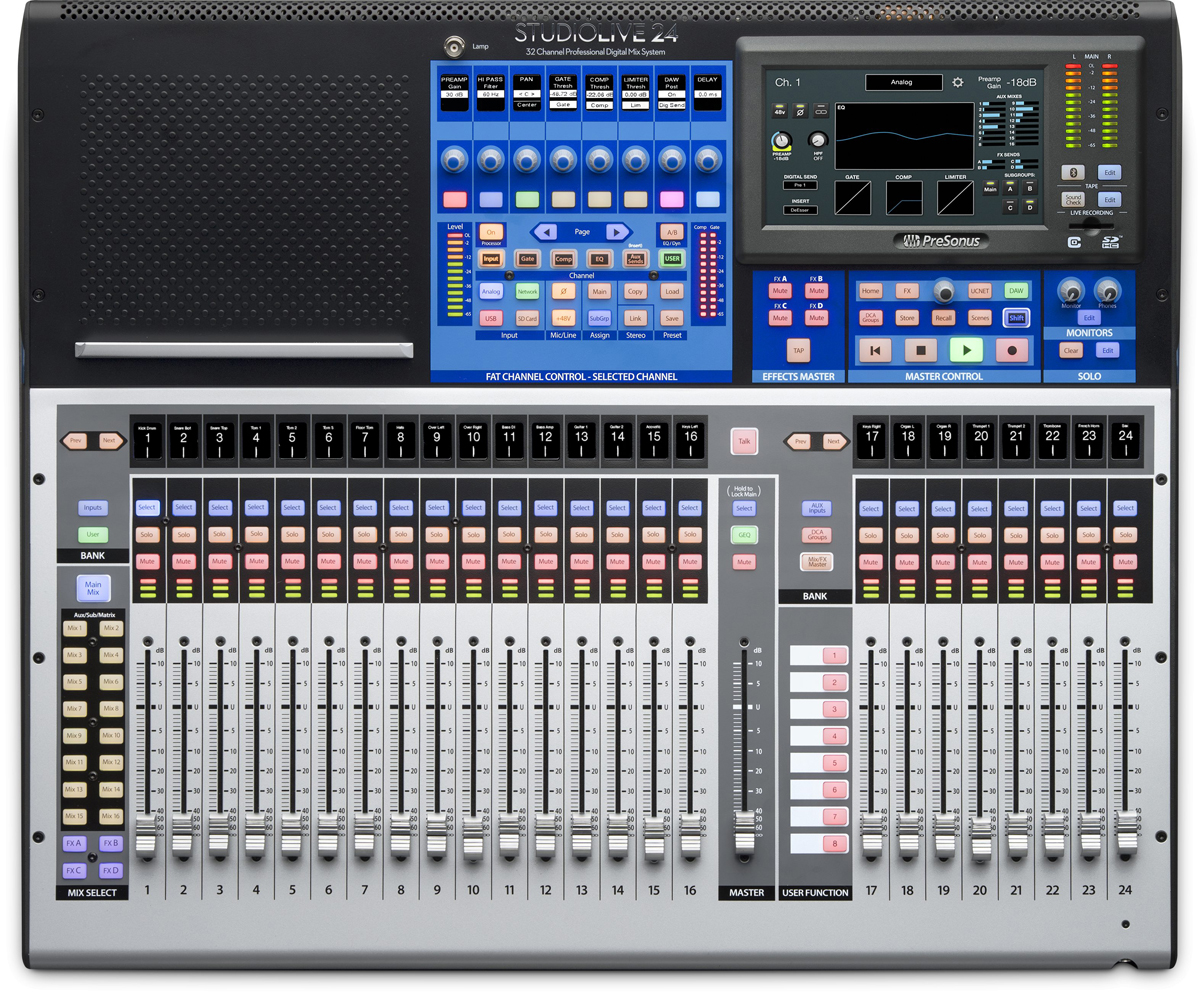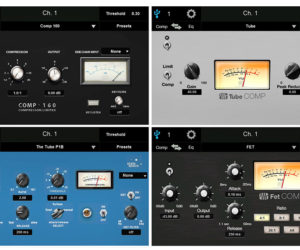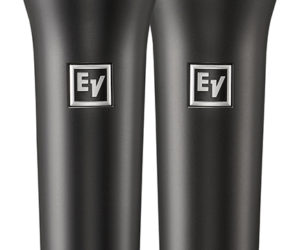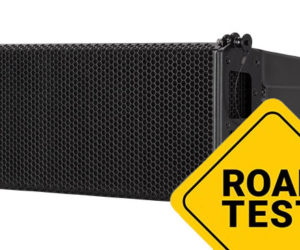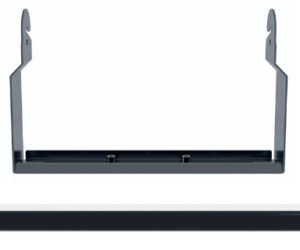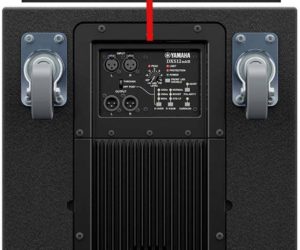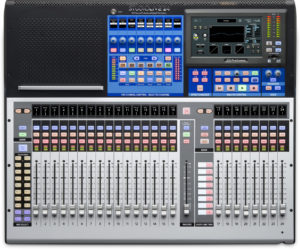Real-World Advantages
First up was a corporate meeting at a hotel ballroom, and as I’d anticipated, having the RTA onboard made the process of “ringing out” the system quite convenient. My usual approach to this is setting up the main vocal (or podium) mic and then increasing the gain until there’s a squeal of feedback.
Using my ears and a bit of knowledge earned over time, I’m able grab the correct fader on the main EQ and pull out the offending frequency until the feedback ceases, and then I push up the gain and repeat until I get multiple squeals at the same time or there’s a ton of headroom for the given application.
But with an RTA displaying on the same screen under the EQ sliders, it’s far faster and simpler to see the offending frequency, in addition to not having to rely so much on my (admittedly) older ears. In addition, pushing the “Faders” button while in main EQ mode turns the channel faders into EQ knobs, making it even easier to adjust the EQ.
Another thing that’s cool is the delays built right into the channels and outputs. This makes quick work of time aligning the backline with the PA and (if needed) setting up delay PA stacks.
While this particular event only required eight channels (podium, podium backup, wireless lav, wireless lav backup, computer audio to mono, computer backup and walk-in stereo music), the mixer didn’t take up a lot of space at the front of house table while providing more routing and processing options than the typical 12-channel analog board we normally use for gigs of this scale.
As a result, I can see the smaller StudioLive 16 becoming a favorite with folks who do corporate events, and even more so due to the built-in recording capabilities (recording these events is pretty much a standard requirement).
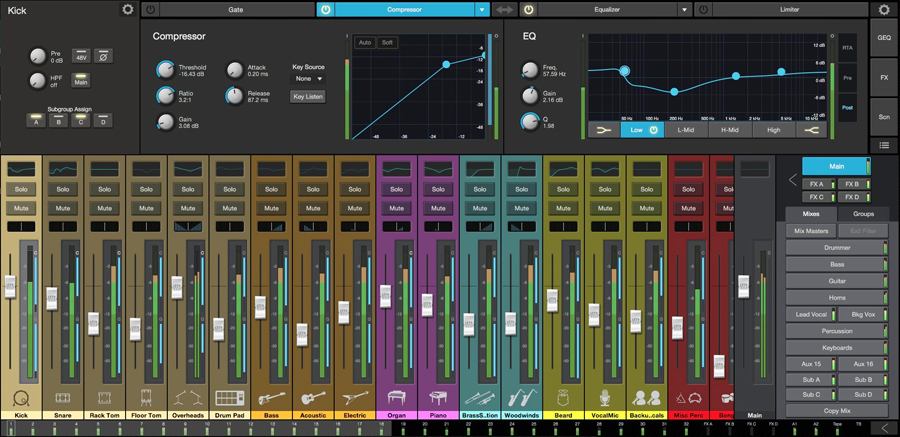
Further Deployment
A few days later I utilized the StudioLive 24 to support a pop/rock band at an outdoor gig, both for FOH and monitors. The 16-channel model might have sufficed, but having extra channels available is always a bonus. In fact, I used a few of them to patch in some wireless mic systems as well as a computer to provide music tracks when the band was on break.
The mix position was behind the stage left PA stack, so I fed a small powered loudspeaker from the console’s mono output for monitoring the mains. Being able to move about and mix with a tablet running the UC Surface software proved quite advantageous given this configuration.
Setting up monitor mixes also proved to be a painless process. On the mixer surface, there’s a bank of aux buttons to the left of the faders, and pushing the Aux 1 Master converts the faders into sends. Simple, slick, and handy.
Another feature that fit well with this gig are the four FX Mute buttons mounted on the surface. I could easily mute effects in between songs when the lead singer was talking to the audience without having to go to a second layer and find the effects fader/channel.
Next came a date in support of a praise band, deploying the mixer with a pair of powered loudspeakers as well as several powered floor wedges. Overall it was an exceptionally fast setup process, including the dialing in of the monitor mixes.
Further, integrating the QMix software for controlling aux mixes would be perfect for performers who want to adjust their own wedges or for an engineer who wants to adjust wedges onstage with the performers during sound check. Overall, the mixer again performed great on this gig, and the aforementioned the vintage plate reverb on vocals really shined.
Following these experiences, I can definitely state that if you’re in the market for a smaller frame digital mixer with tremendous overall flexibility as well as ample recording options that won’t break the bank, the new PreSonus StudioLive Series III stable definitely fits it the bill.
U.S. MAP: StudioLive 16 Series III — $1999.95; 24 Series III — $2,499.95; and 32 Series III — $2,999.95
Here’s a larger view of the StudioLive 24 Series, and find out more about all three models here.

